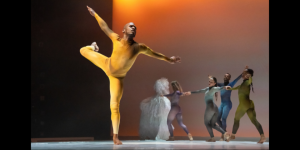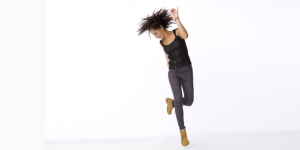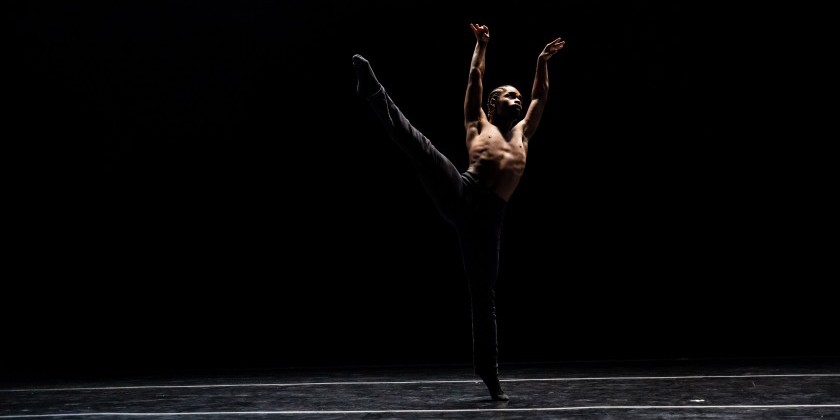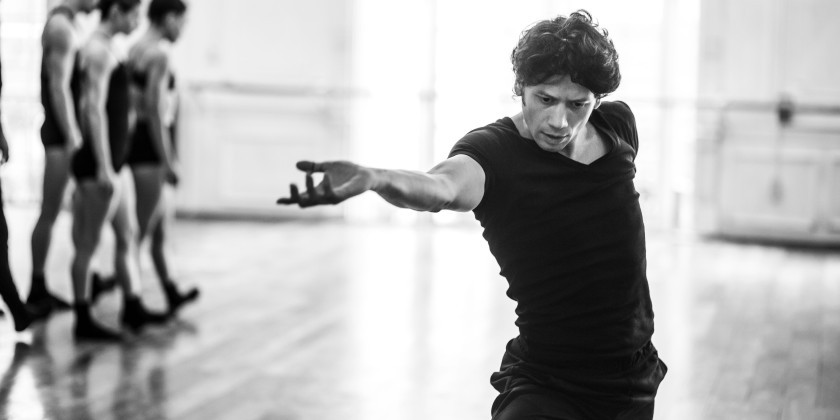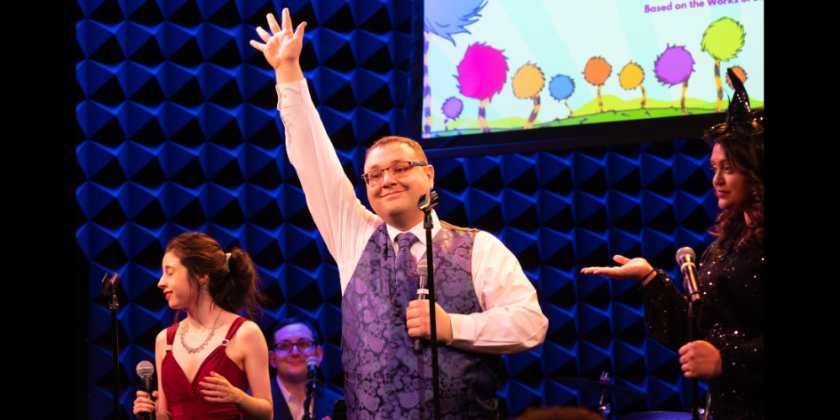THE DANCE ENTHUSIAST ASKS: Renowned Portrait Photographer Mark Mann on His First Dance Book, “Movement at the Still Point”
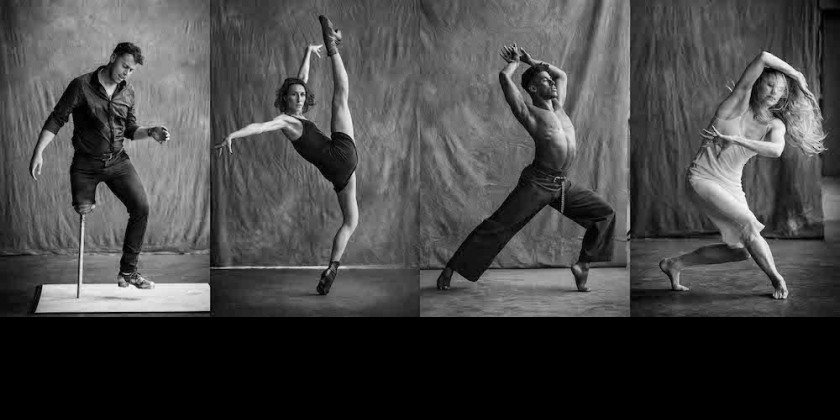
Mann's Portraits Come to Life in an Event Curated by Loni Landon at The Joyce Theater on Monday April 10th
When esteemed portrait photographer Mark Mann was approached with the idea of photographing dancers, he found himself in a completely unfamiliar element. His resulting photo series, entitled “Movement at the Still Point,” references not only the act of capturing movement within a two dimensional image, but also the experience of being live in the studio during COVID when the world was still.
“Movement at the Still Point” is a gorgeous coffee table book featuring 142 of New York’s most celebrated dance artists, and the summation of what Mann describes as the most transformative experience of his photography career.
On Monday, April 10th, his photos come to life on the stage of The Joyce Theater with Movement at the Still Point: An Evening of Dance, an evening of work curated by Loni Landon and produced by Mann, where more than 50 dancers offer a window into Mann’s experience in the studio.
Theo Boguszewski for The Dance Enthusiast: You’ve had quite an amazing career as a portrait, fashion, and advertising photographer. I’d love to know what your relationship with dance was before engaging in this project.
Mark Mann: I had absolutely none! I am reasonably cultured, but I really had no understanding of dance culture, and dancers.
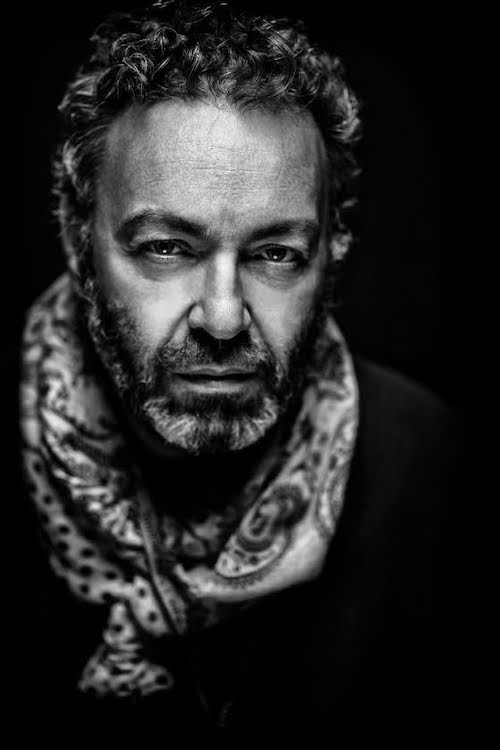
Had you worked with Loni Landon previously?
Loni is my sister-in- law. I love to listen to her talk about dance, and I understood she is very well respected in what she does. I had done a couple of little things for her, but we had not embarked on any significant work together previously.
Can you share a little more about how you and Loni came up with this idea?
Creative block is something I’ve never really had, because you don’t have the opportunity to be creatively blocked if you’re being commissioned for work. But the pandemic gave me a feeling that I couldn’t really put my finger on, and after a while I realized I was just sad. I missed that human connection.
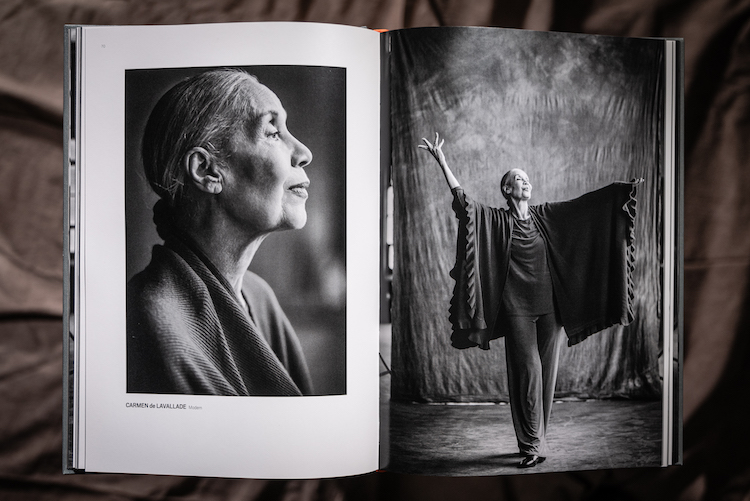
Loni came out one day during COVID, we were sitting outside in the freezing cold in our puffer jackets, and she told me about missing her community. And I said, “that’s me! I’m missing performing!” because when I take photographs it’s almost like performing. Then she said “well, we should shoot some dancers in that warehouse.”
And that’s where the idea came to be.
How did you select the dancers?
In the beginning, Loni reached out to her community, and we started with her inner circle. We did 2-3 weeks, with maybe 8-10 dancers in the first few weeks. And Loni was there for the most part. I can make a nice composition but I don’t know dance, so I relied very heavily on Loni for that.
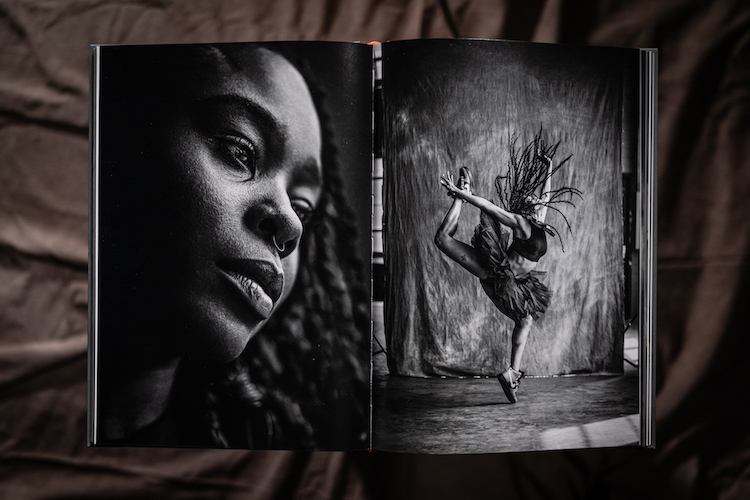
A portrait photographer must capture the essence of a person in a single image of their face. But the thing about dancers, they use their whole bodies to communicate…
Absolutely. And for me, I’m usually the song and dance, the one performing, trying to evoke something through my subjects’ faces. That’s really hard for me mentally and physically. But for the dancers, I didn’t have to do that. I just sat there and got to take in these incredible performances, and had to do my best to press the button when they were where I thought they needed to be.
That was so very different for me – I was still! I became still.
There were 140 personal performances, little personal vignettes, for me and my camera. It was one of the greatest photo experiences I’ll ever have. One day we could be photographing a principal from ABT and an incredible street dancer, just one after the other. It was mind-boggling. And that’s a little bit of why we wanted to do the show. I thought it would be fun to give some air to the vignettes they did for the camera.
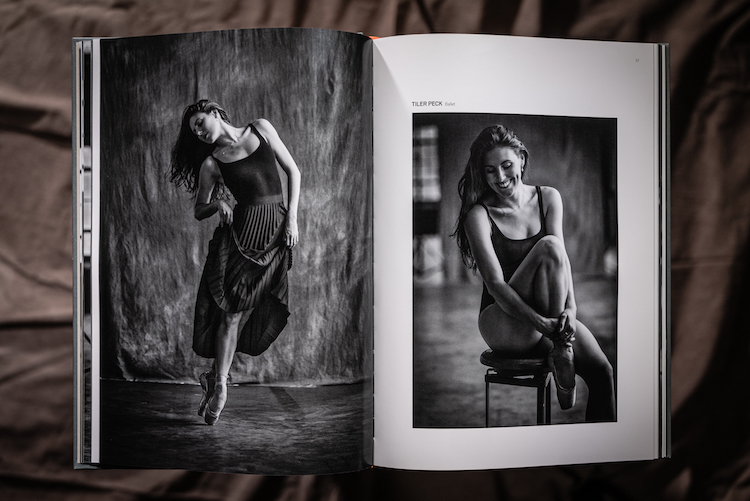
What did you learn about dance through doing this?
Oh, so much! I learned the genres. the sub genres, and the cultures. I really loved photographing voguers, and learning about the vogue culture. We photographed an amazing woman called B Girl Rockafella, she told us that her sisters were taking her to these Bronx parties at the very beginning of hip hop, and it was the women that started the dance. Just learning about this from someone who is educated about the roots of hip hop and hip hop culture was incredible. I started to understand something about all the different personality traits that brought all these dancers together and made them one community.
And , because I’m such an actual bad dancer, I’ve never done it and really enjoyed it, just watching people who are able to express themselves like that was really amazing.
There must have been a process of getting familiar with the moment before the moment you want to capture, like how you know someone is about to do a jump when they bend their knees and sink toward the ground. Did it get easier to capture what you were looking for?
It did! But my problem when I first started was that I was missing the moment every time. But the photos were so great. And Loni said “these photos are so great because you’re missing the moment.” It’s the off moments that are the unexpected.
I have to say that in the beginning I definitely was not capturing them [the "off" moments] on purpose, and then as I got better at learning how to shoot dancers I would get the pinnacle moment and Loni would be like “but you missed it! You missed when she went into that!” So I kinda had to re-learn backwards how to go back to my roots of “see it, take a picture,” instead of “see it, wait, take a picture.” That was really interesting for me.
That’s a great point! You always see dancers in this perfect, apex split leap moment, but there’s so much beauty in the preparation before, or the moment of release afterwards.
Yes, absolutely. And, I learned very quickly how particular dancers can be. The light could be absolutely horrible but because their finger was in the right position ,or because their toe was pointing the right way, that’s the shot they wanted.
We came up with a good compromise, Loni and I would go through all the pictures and choose what was acceptable for us to publish, she would say “I love this!” and I would say “I can’t, the light’s bad.”
And I would say “I love this one,” and she would say “the foot’s wrong!”
But 100% of the time we would find a selection we both agreed on. And we’d send the selection to the dancer, and each dancer actually chose the image.
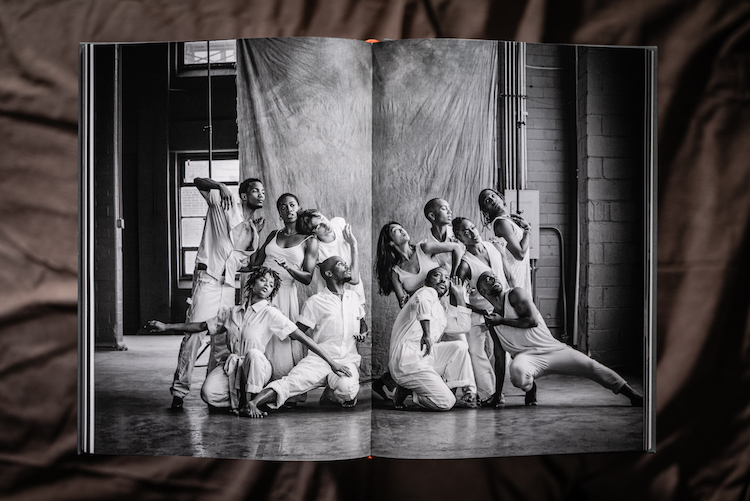
Were there particular styles of dance that you found were more difficult to capture than others?
Ballet dancers… don’t really know how to freestyle. They would say “what do you want me to do,” and I’d be like “pretend you’re at a bat mitzvah disco,” and that didn’t work. What they did was incredible, but they were a little harder to coax. The Broadway dancers were incredible. And the other thing I learned was that not all dancers like to listen to music. The old school Merce Cunningham dancers were like “I don’t care about the music, it’s in my head.”
I want to ask you about this launch performance that’s coming up. How did you conceive of the idea, and what has the process been of producing it?
I think the idea came from wanting to do something for a launch that involved the dancers more, more than just showing up. And The Joyce seemed to be a very natural home for it.
The one thing I wanted was the audience to feel these little vignettes, to experience a couple minutes of something and have your mind being blown by it. I’m petrified about it, and also very excited. But I will not be dancing. "Elaine" from Seinfeld has nothing on me.
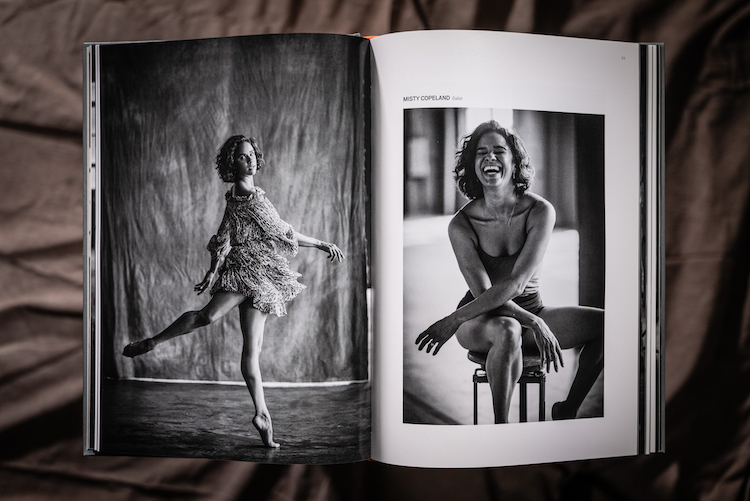
Ha! One last question: I’m curious if and how the experience of doing this work with dancers might impact your portrait work moving forward?
It has already! Now when I take portraits, I am sometimes still. When I have a little more time, I sit quietly and I let that person lead instead of being the ring master, and it’s amazing what that has done. I’m beginning to really respect being still, being quieter as a photographer. The other thing that will come out of it is I want to shoot more daylight.
This experience will have a major effect on how I work, until the next thing I do has a major effect, and that’s the only way to keep yourself fresh as a photographer.





